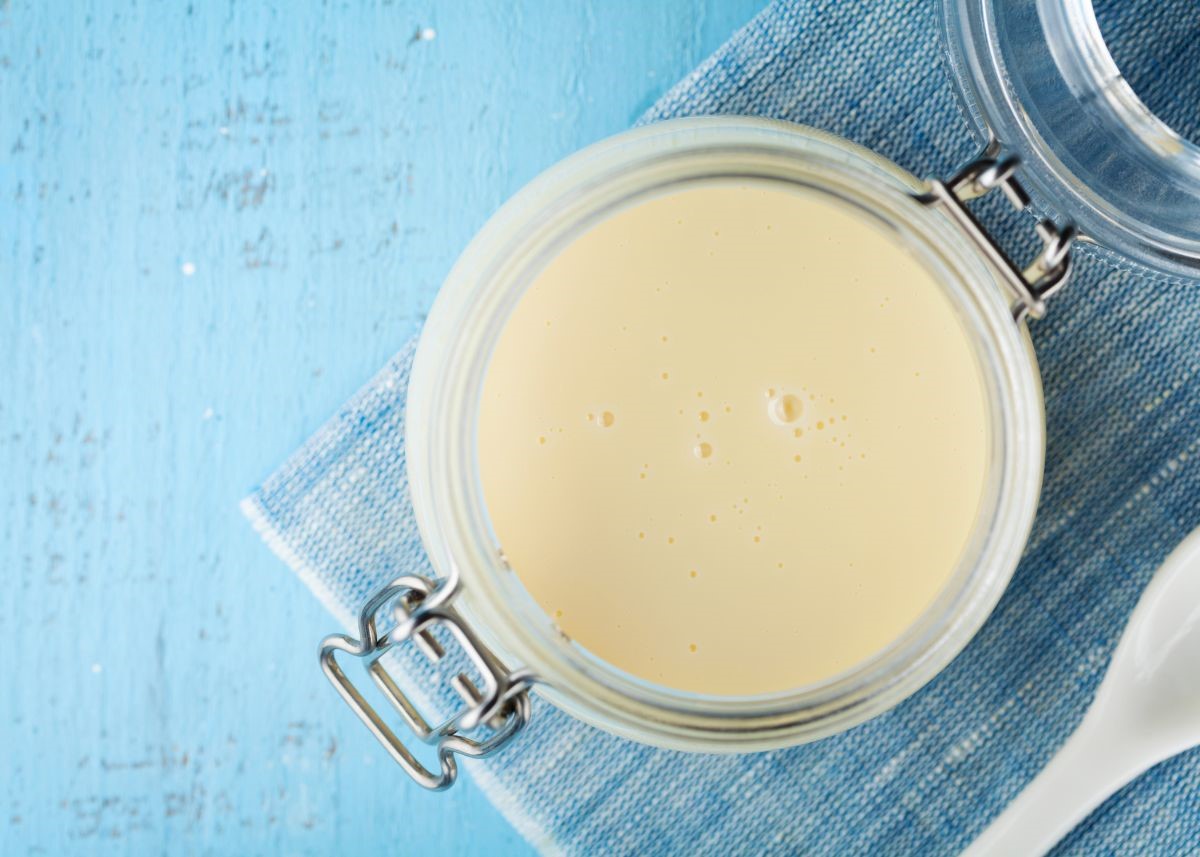

Articles
How To Store Evaporated Milk
Modified: December 7, 2023
Learn the best methods and tips for storing evaporated milk in this comprehensive guide. Discover how to keep your articles fresh and flavorful for longer.
(Many of the links in this article redirect to a specific reviewed product. Your purchase of these products through affiliate links helps to generate commission for Storables.com, at no extra cost. Learn more)
Introduction
Evaporated milk is a versatile ingredient that adds richness and creaminess to a variety of recipes. Whether you use it in your coffee, baking, or soups, it’s important to store evaporated milk properly to maintain its freshness and quality. In this article, we will explore the best methods for storing evaporated milk to ensure that it stays safe to consume and retains its delicious flavor.
Why is proper storage of evaporated milk important? Well, like any perishable food item, evaporated milk can spoil if not stored correctly. Factors such as temperature, light, and exposure to air can all contribute to the deterioration of evaporated milk. By storing it properly, you not only prolong its shelf life but also maintain its nutritional value and taste.
Choosing the right container for storing evaporated milk is crucial. Avoid using glass containers as they can break easily and may not provide adequate protection against light exposure. Instead, opt for airtight containers made of food-grade plastic or metal. These containers will help prevent contamination and keep your evaporated milk fresh for longer periods.
Key Takeaways:
- Proper storage of evaporated milk is crucial to maintain freshness, extend shelf life, and prevent contamination. Choosing the right container and temperature, along with regular checks for spoilage, ensures its safety and quality.
- Freezing evaporated milk is a convenient option to prolong its shelf life, but thawing it properly is essential to maintain its quality. Following the right thawing process ensures the milk’s safety and restores its creamy texture for use in various recipes.
Read more: How To Store Leftover Evaporated Milk
Why Store Evaporated Milk?
Storing evaporated milk properly is important for several reasons. By practicing good storage habits, you can:
- Extend Shelf Life: Evaporated milk has a relatively long shelf life when stored correctly. By following proper storage guidelines, you can extend its freshness and usability.
- Save Money: When you store evaporated milk properly, you reduce the risk of spoilage. This means you can use it for a longer duration, reducing the need for frequent purchases and wastage.
- Maintain Quality: Evaporated milk can lose its creamy texture and taste if not stored correctly. Proper storage helps maintain its quality, ensuring that it remains delicious and enjoyable in your favorite recipes.
- Prevent Contamination: Storing evaporated milk in suitable containers and at the proper temperature helps prevent contamination from bacteria, mold, and other harmful microorganisms.
By taking the time to store evaporated milk properly, you can enjoy its benefits for a longer period while ensuring safety and flavor.
Choosing the Right Container
When it comes to storing evaporated milk, selecting the right container is key. Here are some tips to help you choose the best container:
- Airtight: Look for containers that have a tight-sealing lid to keep air out. This prevents oxidization and helps maintain the freshness of the evaporated milk.
- Food-Grade Material: Opt for containers made of food-grade materials, such as plastic or metal, that are safe for storing food. Avoid using containers made of low-quality plastics that may leach harmful chemicals into the milk.
- Opaque: Choose containers that are opaque or have a dark color to protect the evaporated milk from light exposure. Light can degrade the quality of the milk and lead to off-flavors.
- Appropriate Size: Consider the amount of evaporated milk you typically use. Choose a container size that accommodates your needs, allowing for some headspace to account for expansion if freezing.
One option is to use reusable, airtight plastic containers specifically designed for storing liquids. These containers often come in different sizes, making them convenient for portioning and storing evaporated milk.
Another alternative is to use small, sealable glass jars. However, it’s important to note that glass containers are more fragile and may not provide as much protection against light exposure as their opaque counterparts.
Remember to clean your chosen container thoroughly before pouring in the evaporated milk. This helps prevent any contamination and ensures the milk stays fresh for longer.
By selecting the appropriate container, you can safeguard the quality and integrity of your stored evaporated milk.
Proper Storage Temperature
The temperature at which you store evaporated milk plays a crucial role in maintaining its freshness and preventing spoilage. The ideal temperature to store evaporated milk is in a cool and dry environment, away from direct sunlight and heat sources.
The recommended storage temperature for unopened evaporated milk is between 50 to 70°F (10 to 21°C). This range ensures that the milk remains stable and retains its quality. If the temperature exceeds this range, the milk may spoil more quickly or develop off-flavors.
Once opened, it’s best to store evaporated milk in the refrigerator. The cooler temperature of the fridge helps slow down the growth of bacteria and other microorganisms, ensuring the longevity of the milk.
Keep in mind that the refrigerator temperature should be set at or below 40°F (4°C) to maintain the freshness of the milk. It’s also important to place the evaporated milk in the main body of the refrigerator, rather than in the door, as the temperature in the door fluctuates more frequently.
If you live in a warm climate or during hot summer months, you may need to take extra precautions to ensure the milk stays properly chilled. This can include using a cooler or insulated bag when transporting the milk from the store to your home or when bringing it on a picnic or camping trip.
By storing evaporated milk at the appropriate temperature, you can prevent spoilage and maintain its quality for an extended period.
Storing in the Refrigerator
When it comes to storing evaporated milk, the refrigerator is your best friend. Follow these steps to ensure that your evaporated milk remains fresh and safe to use:
- Transfer to a Suitable Container: If the evaporated milk is in a can or carton, it’s best to transfer it to an airtight container before refrigerating. This helps prevent any odors from other foods in the fridge from affecting the milk’s flavor.
- Label and Date: Before storing the evaporated milk in the refrigerator, label the container with the date of storage. This will help you keep track of its freshness and know when it’s time to use it.
- Place in the Main Body of the Fridge: Position the container of evaporated milk in the main body of the refrigerator, away from the door. The consistent temperature in this area will help maintain the milk’s quality.
- Avoid Contamination: Ensure that the container is tightly sealed to prevent any contamination. This will also help prevent the milk from absorbing any odors from other foods in the refrigerator.
- Keep Away from Strong Odors: Store the evaporated milk away from strong-smelling foods such as onions, garlic, or spices. Evaporated milk can easily absorb odors, which can affect its taste.
When properly stored in the refrigerator, unopened evaporated milk can be kept for several months past the printed “best-by” date. Once opened, it’s recommended to use the milk within 5 to 7 days. However, always check for signs of spoilage before using, such as an off smell, curdling, or unusual texture.
If you have leftover evaporated milk from a recipe and know you won’t be using it within the recommended timeframe, consider freezing it for longer storage.
Following these guidelines will help ensure that your evaporated milk stays fresh and usable for an extended period, ready to enhance your favorite recipes whenever you need it.
Read more: How To Store Evaporated Milk After Opening
Freezing Evaporated Milk
If you have excess evaporated milk and want to prolong its shelf life, freezing is a convenient option. Freezing evaporated milk can help retain its quality and ensure that it’s available when you need it. Follow these steps to freeze evaporated milk:
- Choose Freezer-Safe Containers: Use freezer-safe containers or resealable freezer bags to store the evaporated milk. Ensure that the containers are airtight to prevent freezer burn and maintain the milk’s freshness.
- Portion the Milk: Divide the evaporated milk into smaller portions based on your anticipated usage. This allows you to defrost only what you need at a time, minimizing waste.
- Leave Headspace: When filling the containers or bags, leave some headspace to allow for expansion as the milk freezes. This prevents the containers from bursting or leaking.
- Label and Date: Clearly label each container with the storage date to keep track of its freshness. It’s also helpful to indicate the quantity of evaporated milk in each container.
- Place in the Freezer: Position the containers in the coldest part of the freezer, such as the back. This ensures that the milk freezes quickly and maintains its quality.
Frozen evaporated milk can be stored for several months. However, it’s important to note that the milk’s texture may change slightly after freezing, becoming more grainy or separated. This is normal and won’t affect its usability in most recipes.
Remember to thaw the frozen evaporated milk in the refrigerator before using it. Avoid thawing at room temperature, as rapid temperature changes can negatively impact the milk’s quality.
It’s worth noting that freezing evaporated milk may not be suitable for all recipes. While it works well in baked goods and cooked dishes, it may not retain the same texture and consistency for direct consumption or use in beverages.
By freezing evaporated milk, you can ensure its availability for future recipes and reduce waste, making it a convenient storage option.
Store evaporated milk in a cool, dry place, away from direct sunlight. Once opened, transfer any unused portion to an airtight container and refrigerate for up to 5-7 days.
Thawing Frozen Evaporated Milk
When it comes to thawing frozen evaporated milk, it’s important to follow the proper steps to ensure its quality and safety. Here’s how to thaw frozen evaporated milk:
- Transfer to the Refrigerator: Place the frozen evaporated milk in the refrigerator to thaw gradually. This method ensures that the milk thaws at a safe temperature and minimizes the risk of bacterial growth.
- Allow Ample Thawing Time: Depending on the quantity and thickness of the milk, thawing can take anywhere from several hours to overnight. Be patient and allow sufficient time for the milk to fully thaw.
- Do Not Microwave: Avoid thawing evaporated milk in the microwave. Rapid thawing can cause the milk to heat unevenly, leading to potential food safety concerns and a change in texture.
- Stir Gently: Once the evaporated milk has thawed, give it a gentle stir to mix the separated components. The thawed milk may appear slightly grainy or separated, but this can be resolved with a thorough stir.
- Check for Consistency: After stirring, check the consistency of the thawed milk. While the texture may differ slightly from fresh evaporated milk, it should still be smooth and creamy. If there are any signs of spoilage or an off smell, discard the milk.
Once thawed, it’s important to use the evaporated milk within a few days. Avoid refreezing thawed evaporated milk, as this can further alter the texture and quality.
Thawed evaporated milk can be used in various recipes just like fresh milk. It works well in baked goods, creamy sauces, soups, and desserts, providing a rich and creamy flavor.
By following these thawing guidelines, you can safely and effectively restore your frozen evaporated milk to its original form, ready to enhance your culinary creations.
Checking for Spoilage
Before using evaporated milk, it’s important to check for signs of spoilage to ensure your safety and the quality of your dishes. Here are some indicators to look out for when checking if evaporated milk has spoiled:
- Expired Date: Check the expiration date on the packaging. If the evaporated milk has passed its expiration date, it’s best to discard it.
- Visual Inspection: Examine the appearance of the evaporated milk. If there are any mold spots or unusual discoloration, such as yellowing or darkening, it is a clear sign of spoilage.
- Off Odor: Sniff the evaporated milk. If it has a sour, unpleasant smell or any abnormal odor, it may have spoiled. Fresh evaporated milk should have a slightly sweet, milky scent.
- Texture and Consistency: While the texture of thawed evaporated milk may differ slightly from fresh milk, it should not be excessively clumpy, curdled, or chunky. If there are any noticeable changes, the milk is likely spoiled.
- Taste: If you still have doubts about the quality of the evaporated milk, take a small taste. Spoiled milk will have a sour or unpleasant taste. Fresh milk should have a sweet and creamy flavor.
If you notice any of these signs of spoilage, it is best to discard the evaporated milk. Consuming spoiled milk can lead to foodborne illnesses and affect the taste of your dishes.
Proper storage and regular checks for spoilage are essential to ensure the safety and quality of your evaporated milk. By being vigilant and attentive, you can prevent the use of spoiled milk and enjoy the full benefits of fresh evaporated milk in your recipes.
Alternative Storage Methods
While refrigeration and freezing are the most common methods of storing evaporated milk, there are a few alternative options worth considering:
- Canned Storage: If you have purchased evaporated milk in a can and have not used the entire contents, you can store the remaining milk in the refrigerator. Simply cover the open can with a plastic wrap or transfer the contents to an airtight container, ensuring proper sealing.
- Dehydrated Storage: If you prefer a longer shelf life without refrigeration or freezing, you can consider dehydrating evaporated milk. This involves converting the milk into a powdered form using a dehydrator or oven. Once dehydrated, store the milk powder in an airtight container in a cool, dry place. When ready to use, reconstitute the powder with water to create liquid evaporated milk.
- Freeze in Ice Cube Trays: For recipes that require smaller portions of evaporated milk, consider freezing it in ice cube trays. Pour the evaporated milk into the cubes and freeze. Once frozen, transfer the cubes to a freezer-safe bag or container. This method allows you to easily portion out smaller amounts of evaporated milk for convenience.
When employing alternative storage methods, it’s crucial to label and date the containers appropriately to keep track of freshness and usage.
It’s important to note that these alternative storage methods may impact the taste and texture of the evaporated milk. Experimentation and adjustments may be necessary when using them in recipes that require fresh or frozen evaporated milk for optimal results.
Consider your specific storage needs and preferences when deciding on the best storage method for your evaporated milk. Ensure that the chosen method aligns with food safety guidelines to maintain the quality and safety of the milk.
Read more: How To Store Evaporated Milk Once Opened
Frequently Asked Questions
Here are some common questions regarding the storage of evaporated milk:
- Can I store evaporated milk in the pantry?
- How long does evaporated milk last in the refrigerator?
- Can I freeze evaporated milk in its original can?
- Can I thaw and refreeze frozen evaporated milk?
- Can I use thawed evaporated milk as a substitute for fresh milk?
- Can I use evaporated milk after the expiration date?
It is not advisable to store evaporated milk in the pantry, as the temperature and humidity fluctuations can accelerate spoilage. Storing in a cool and dry place, such as the refrigerator or freezer, is recommended for longer shelf life.
Unopened evaporated milk can last for several months past the printed “best-by” date in the refrigerator. Once opened, it is recommended to use it within 5 to 7 days.
It is not recommended to freeze evaporated milk in its original can as the milk expands when frozen and may cause the can to burst. Transfer the milk to a freezer-safe container or bag to freeze.
It is generally not recommended to thaw and refreeze evaporated milk, as it can affect the quality and texture of the milk. It is best to thaw only the amount needed and use it within a few days.
Thawed evaporated milk can be used as a substitute for fresh milk in many recipes. However, keep in mind that its texture and consistency may differ slightly, so it may not be suitable for all applications.
It is not recommended to use evaporated milk after the expiration date. The date serves as a guideline for freshness and quality, and consuming expired milk can pose health risks.
These are just a few commonly asked questions about storing evaporated milk. It’s always best to refer to the specific packaging instructions and use your judgment to ensure the safety and quality of the milk.
Conclusion
Properly storing evaporated milk is essential to maintain its freshness, quality, and safety. By following the guidelines outlined in this article, you can ensure that your evaporated milk remains delicious and ready to enhance your favorite recipes for an extended period.
Choosing the right container, storing at the proper temperature, and checking for spoilage are key steps in keeping evaporated milk in optimal condition. Whether you decide to store it in the refrigerator, freezer, or explore alternative storage methods, it’s important to prioritize cleanliness, airtight sealing, and protection against light exposure.
Remember to label and date your containers, and be mindful of the storage limitations such as expiration dates and the effects of thawing and refreezing. By practicing good storage habits, you can extend the shelf life of your evaporated milk, save money, and reduce waste.
Be sure to check for signs of spoilage before using evaporated milk and discard any milk that exhibits mold, off odors, or unusual consistency. Your safety and satisfaction in using evaporated milk in your recipes should always come first.
Whether you’re a coffee enthusiast, baking aficionado, or cooking enthusiast, storing evaporated milk properly ensures that you always have this versatile ingredient on hand to enhance your culinary creations. So, invest a little time in proper storage practices and enjoy the convenience and versatility of evaporated milk for a wide range of delicious dishes.
Frequently Asked Questions about How To Store Evaporated Milk
Was this page helpful?
At Storables.com, we guarantee accurate and reliable information. Our content, validated by Expert Board Contributors, is crafted following stringent Editorial Policies. We're committed to providing you with well-researched, expert-backed insights for all your informational needs.
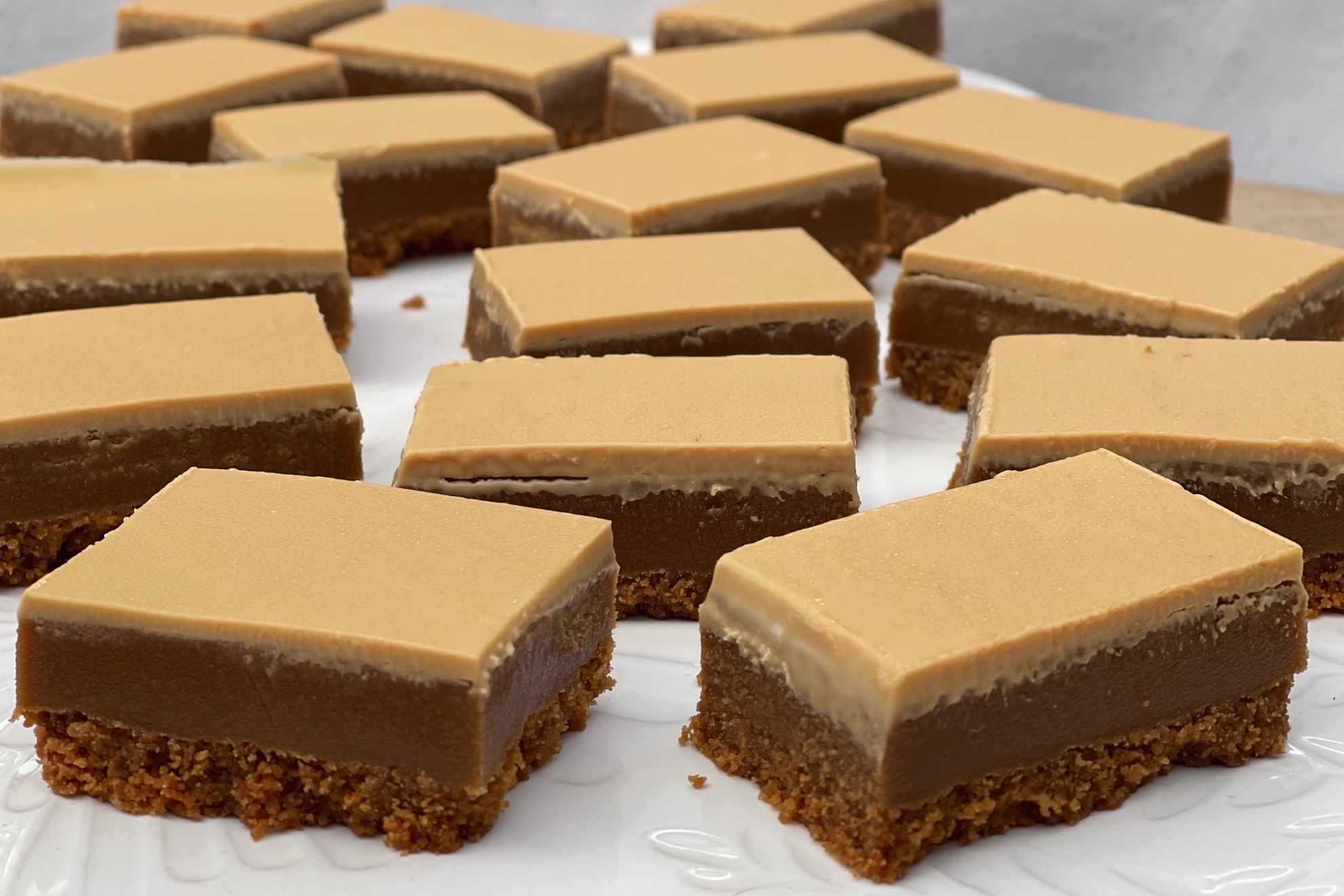
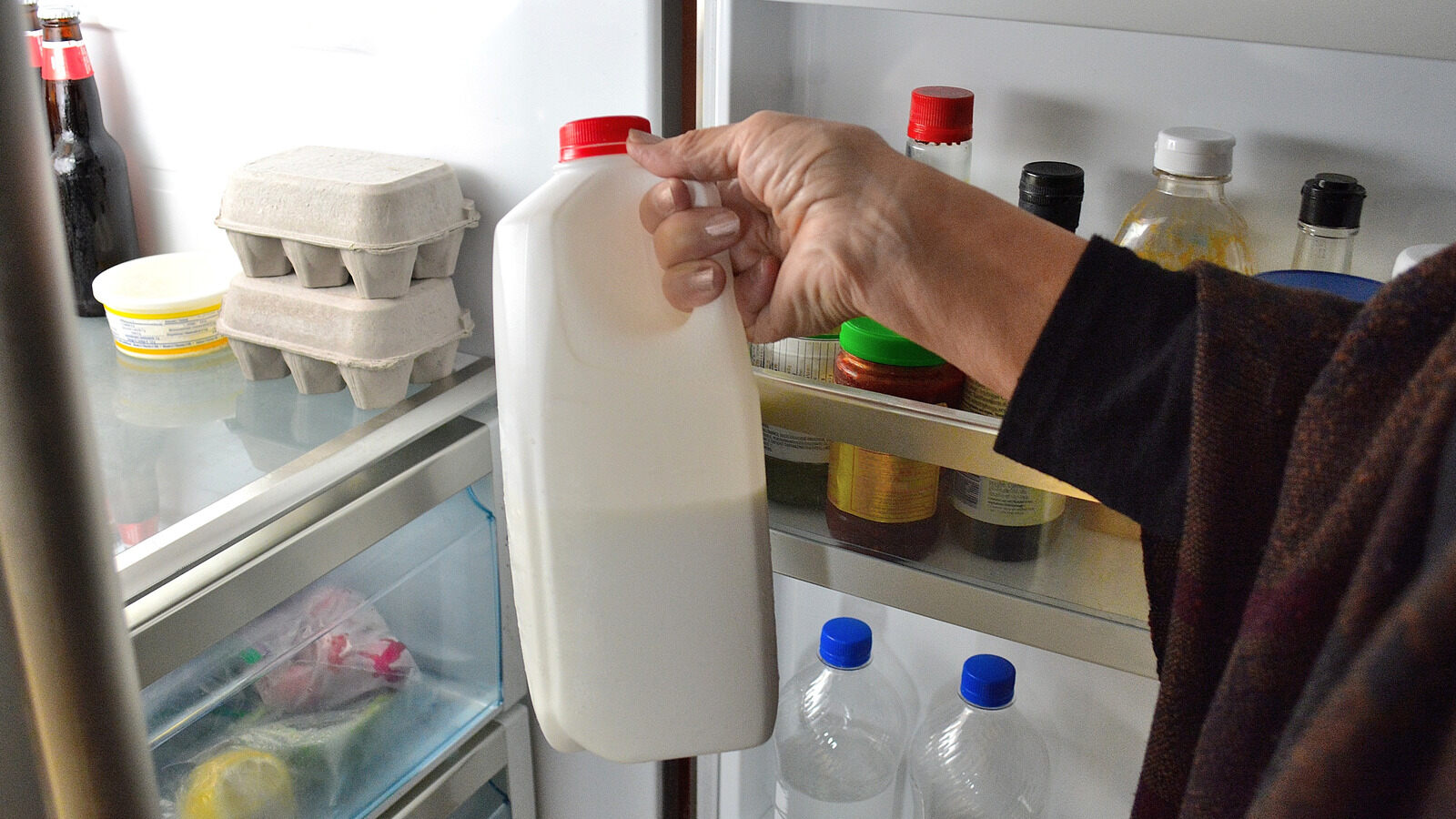
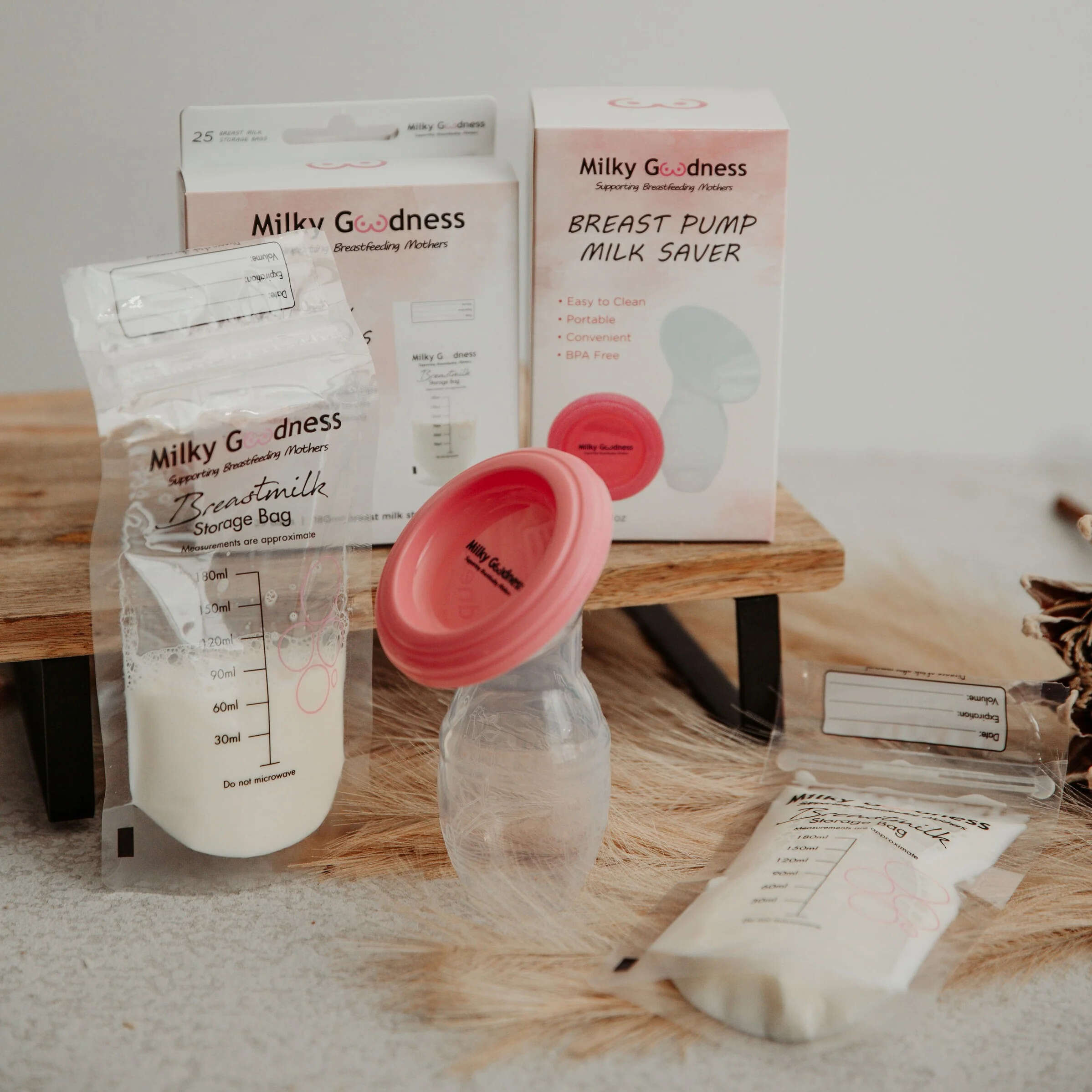
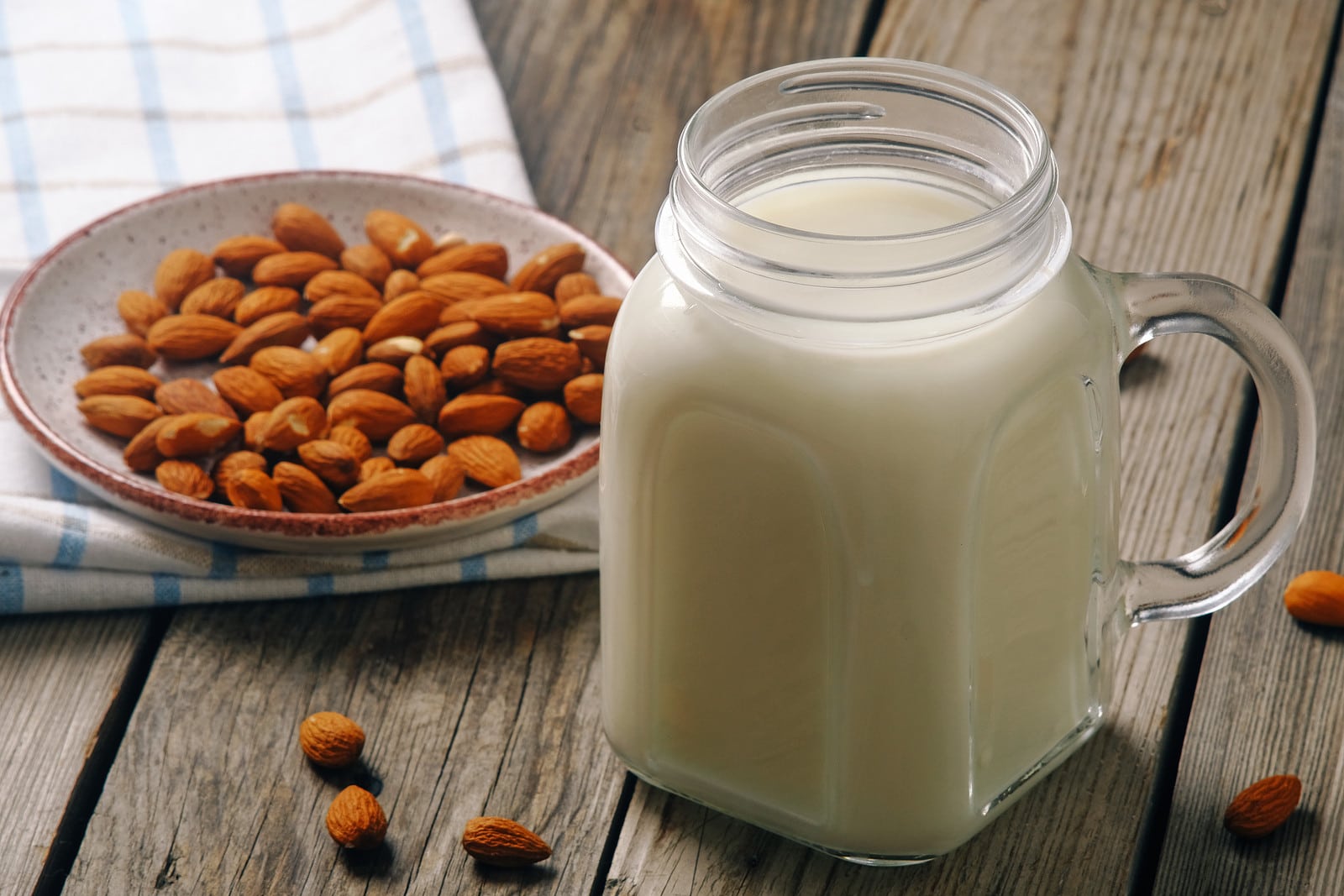
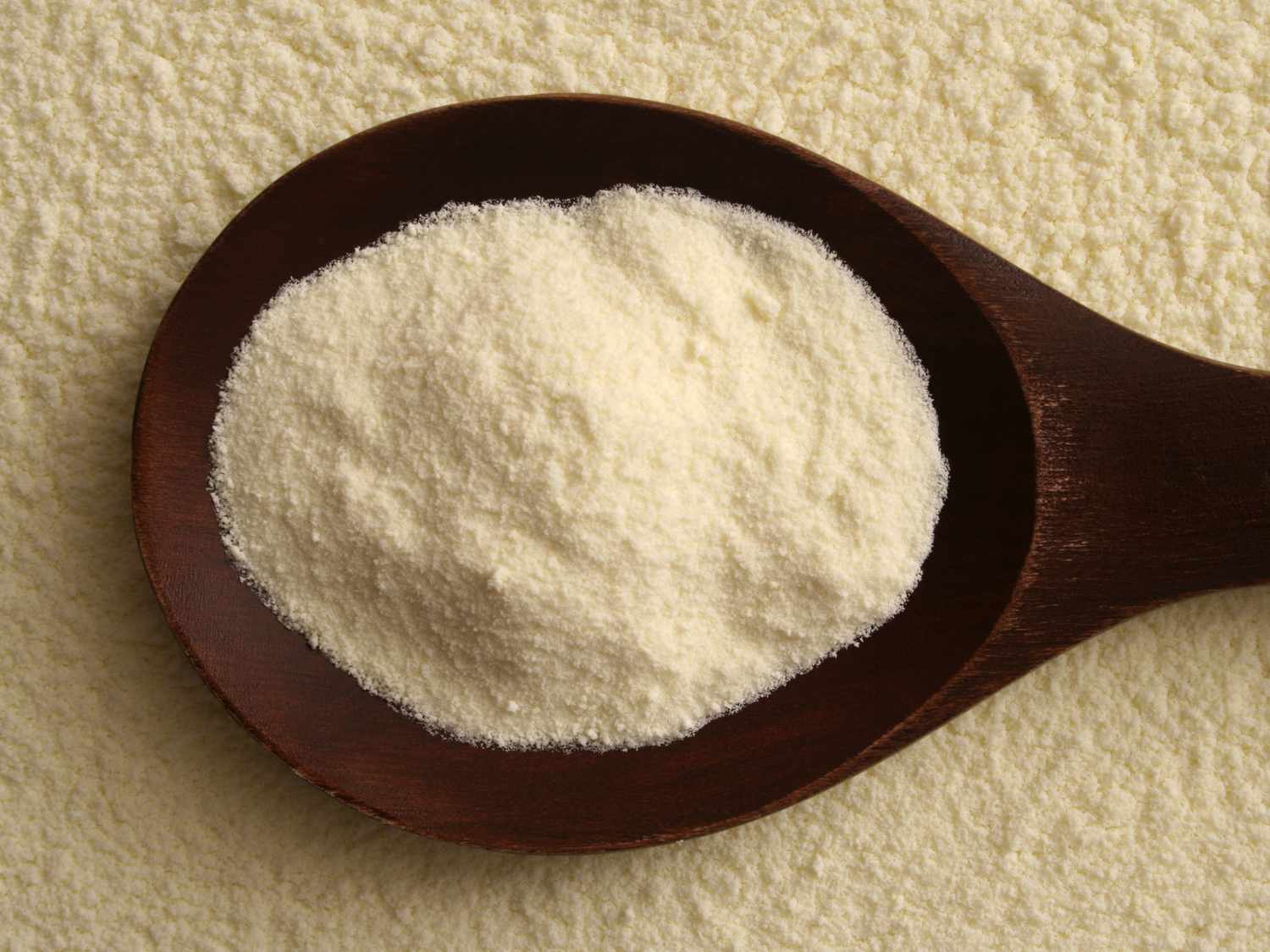
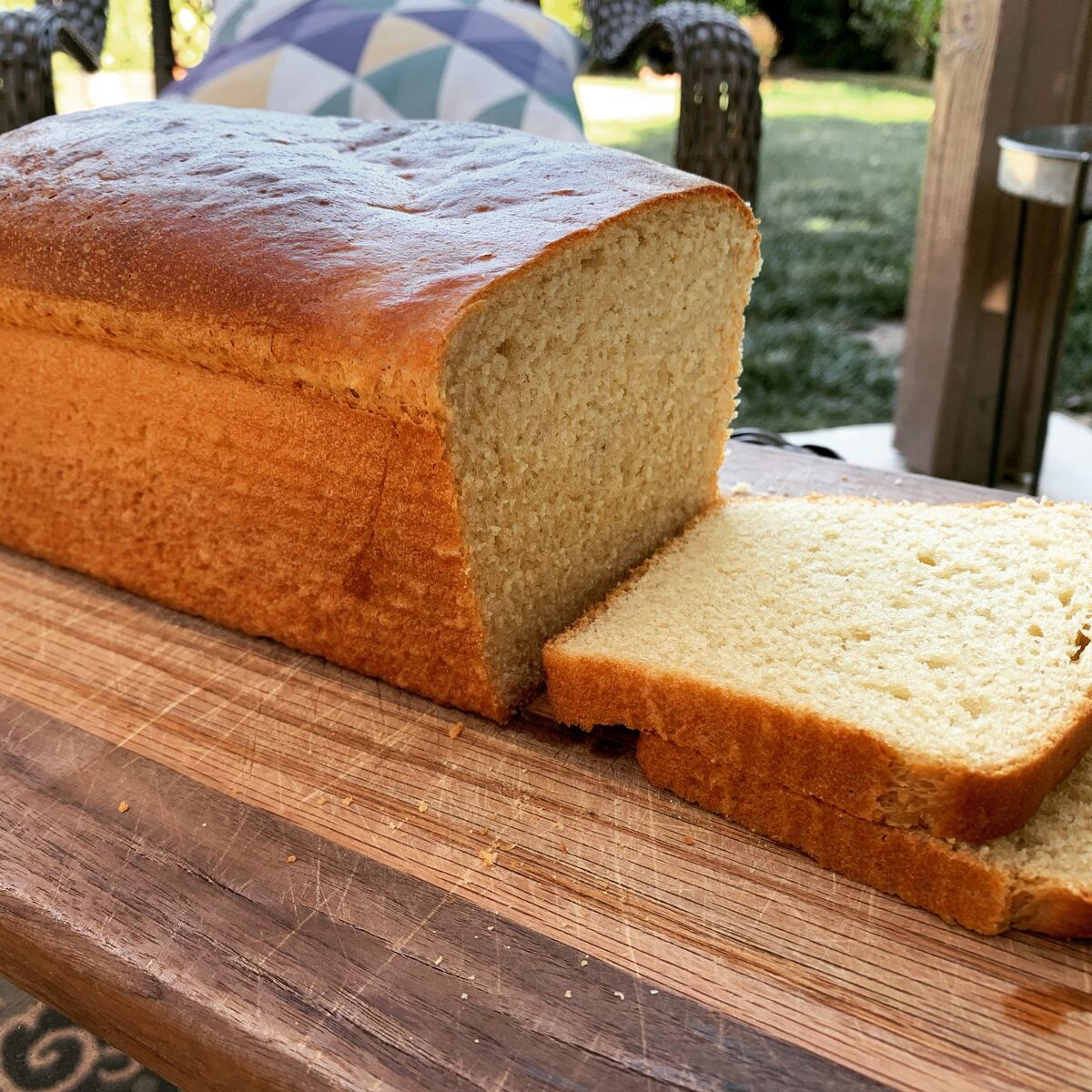
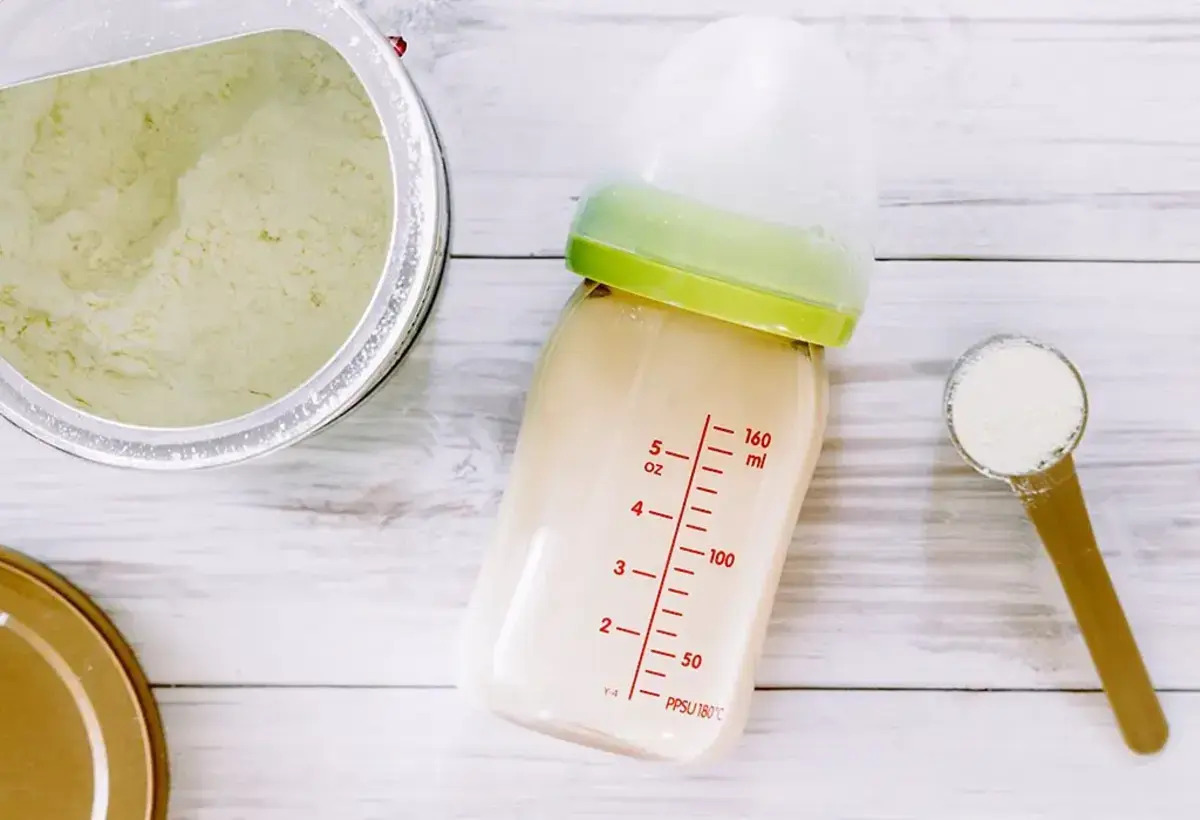
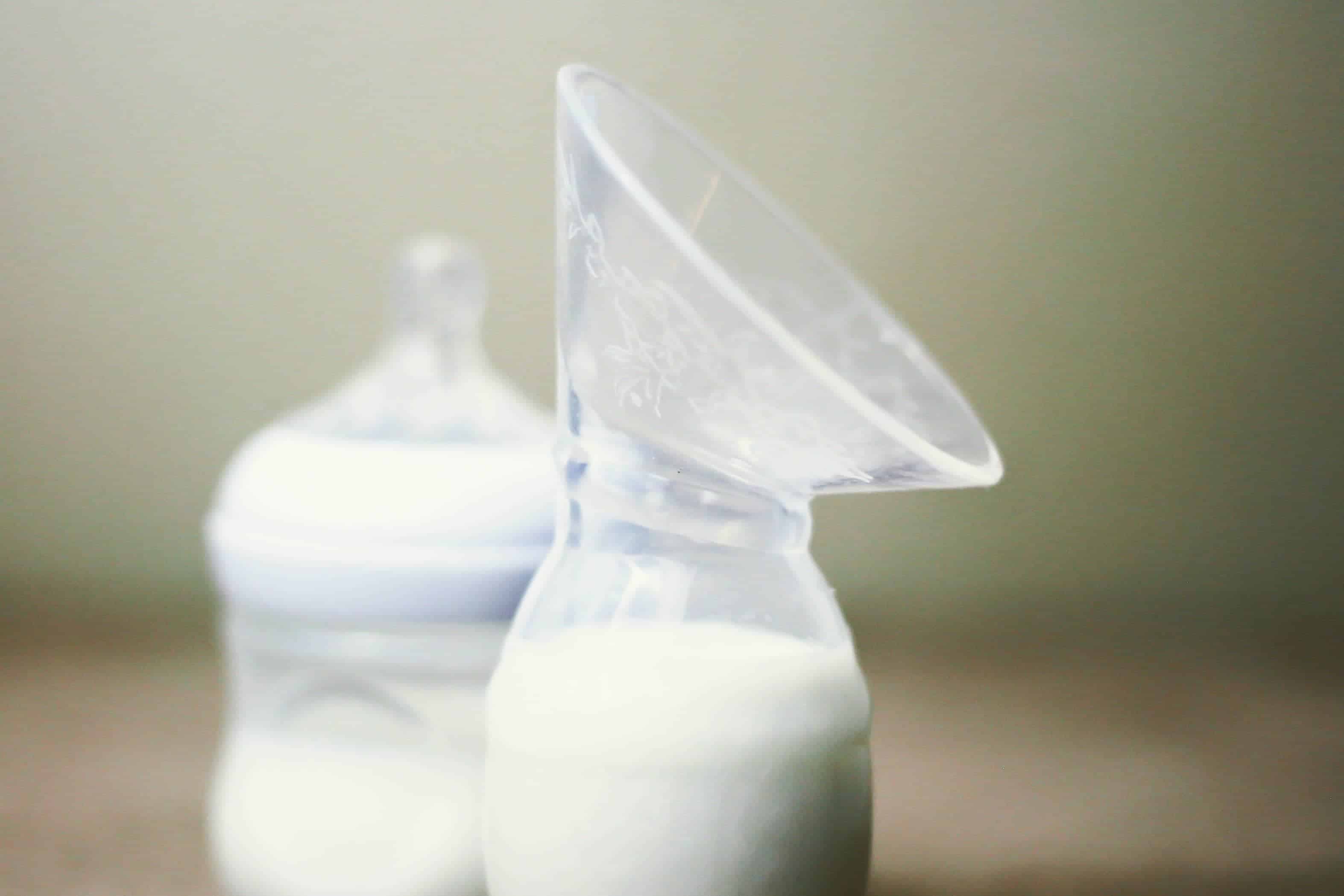
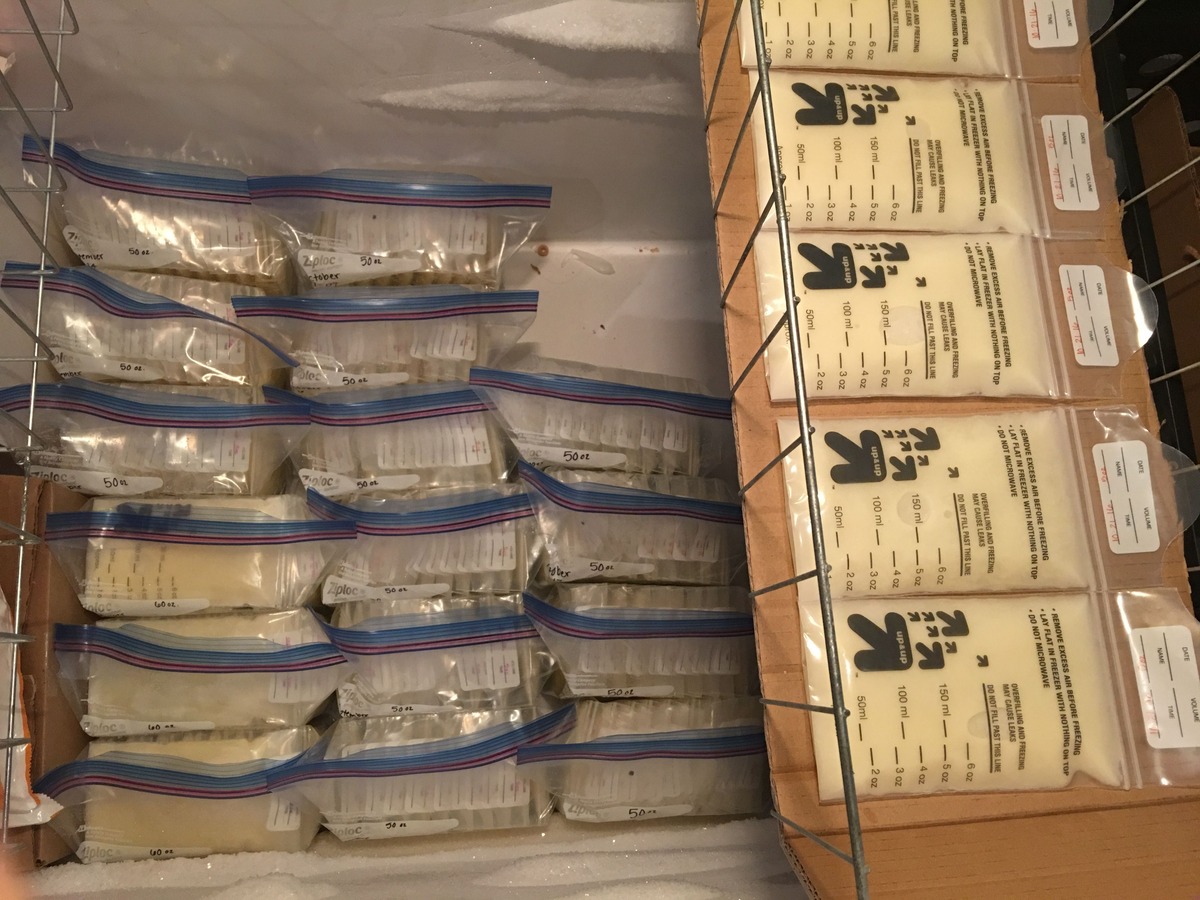
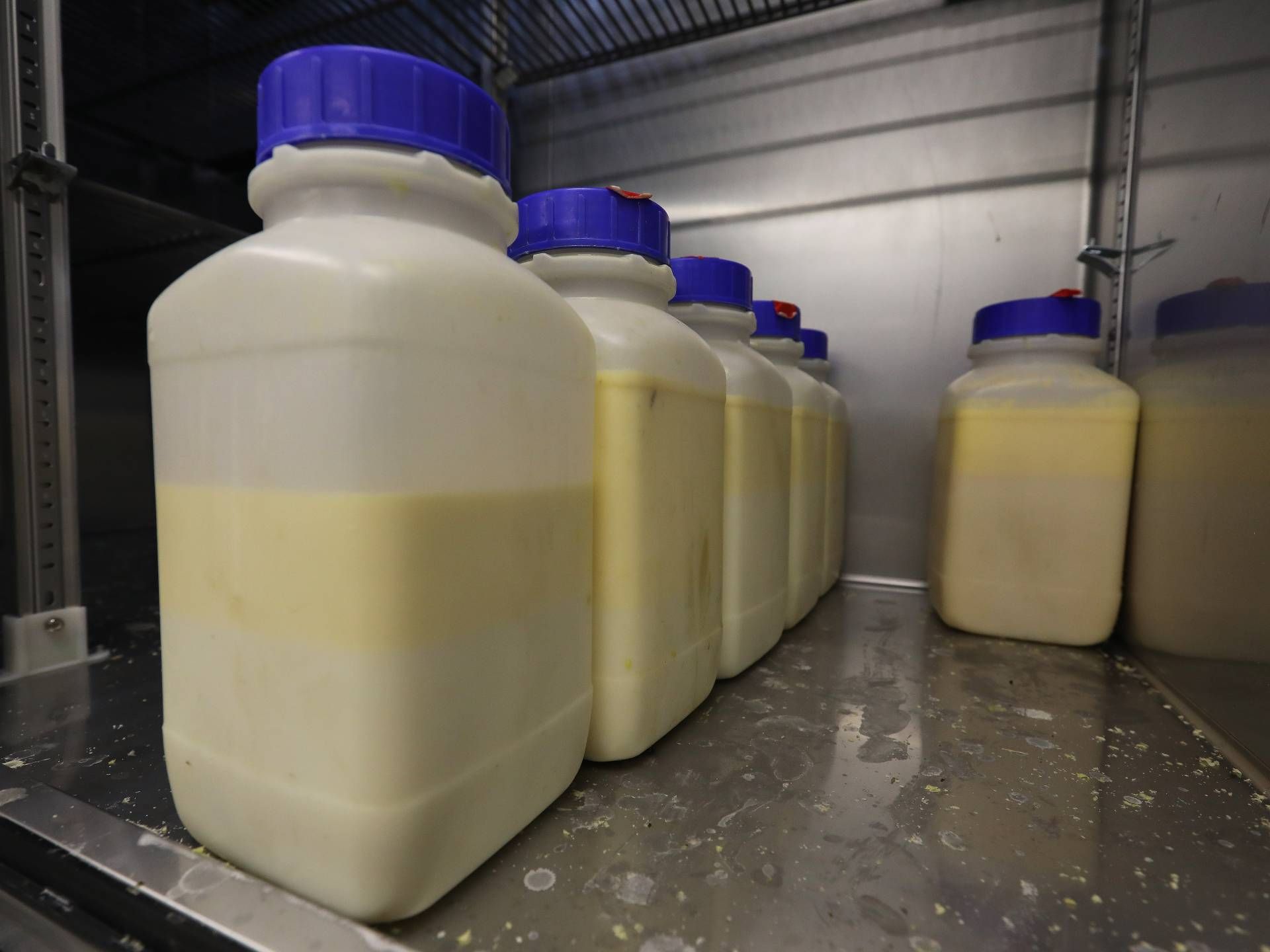
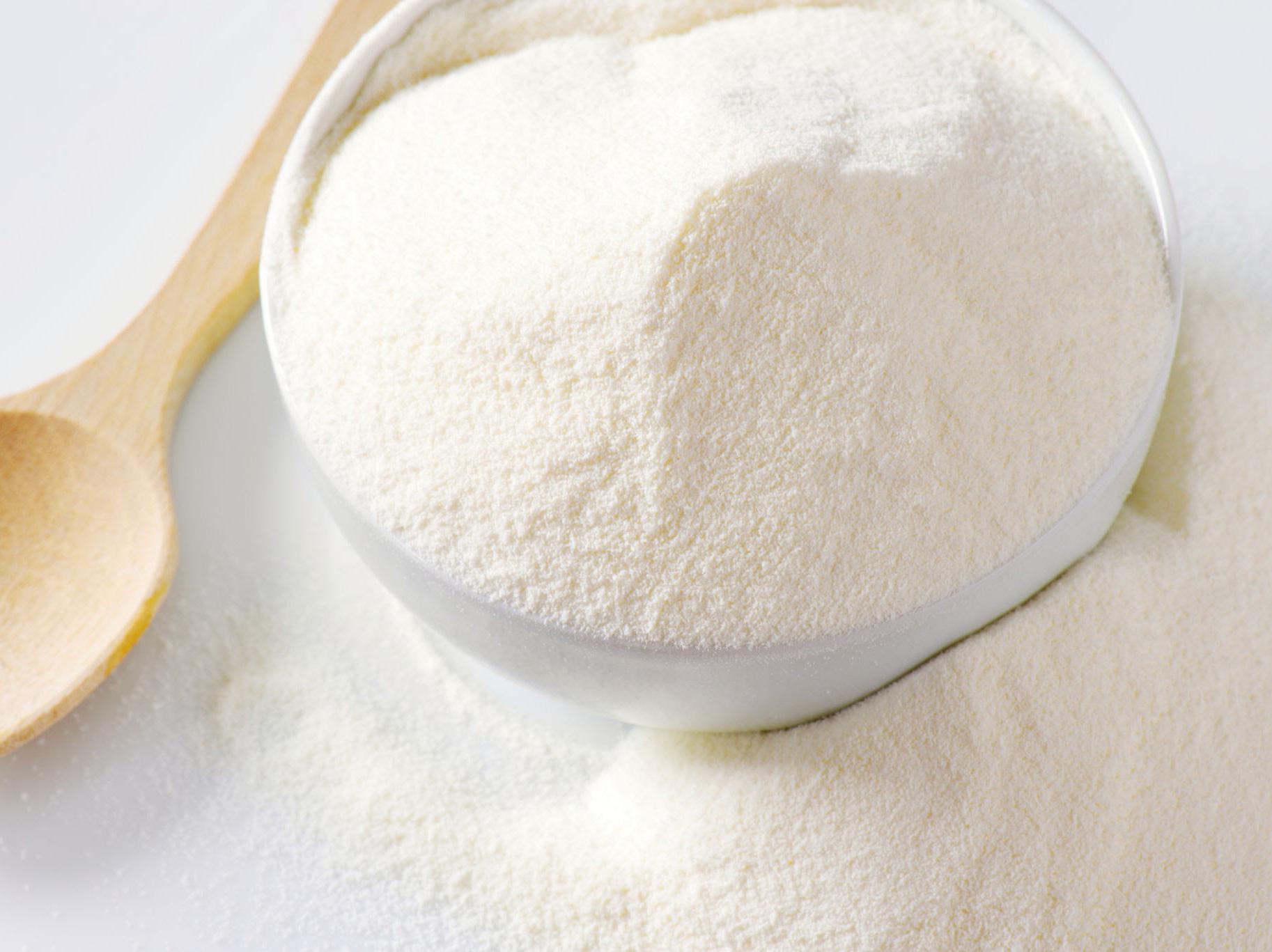
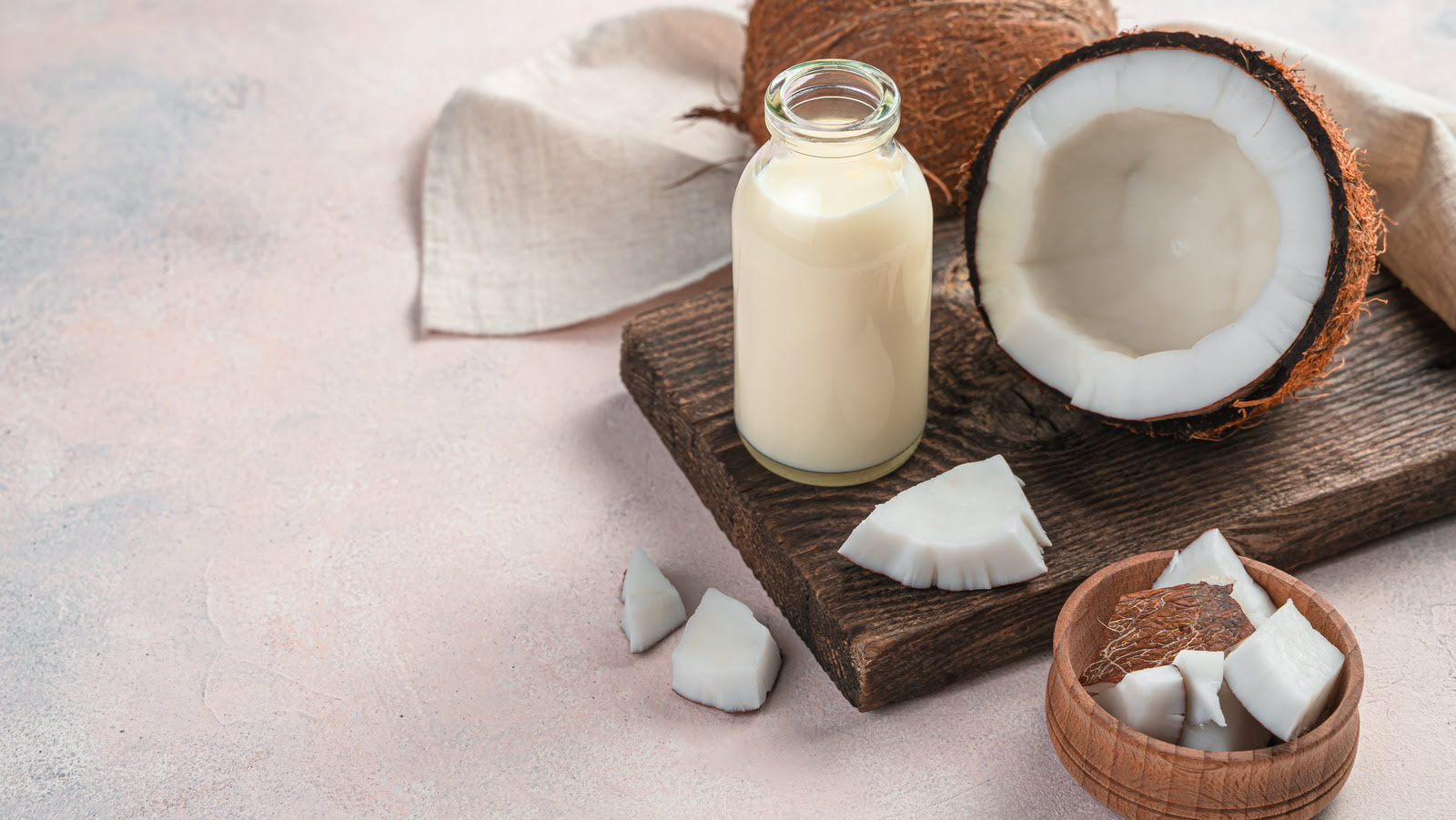
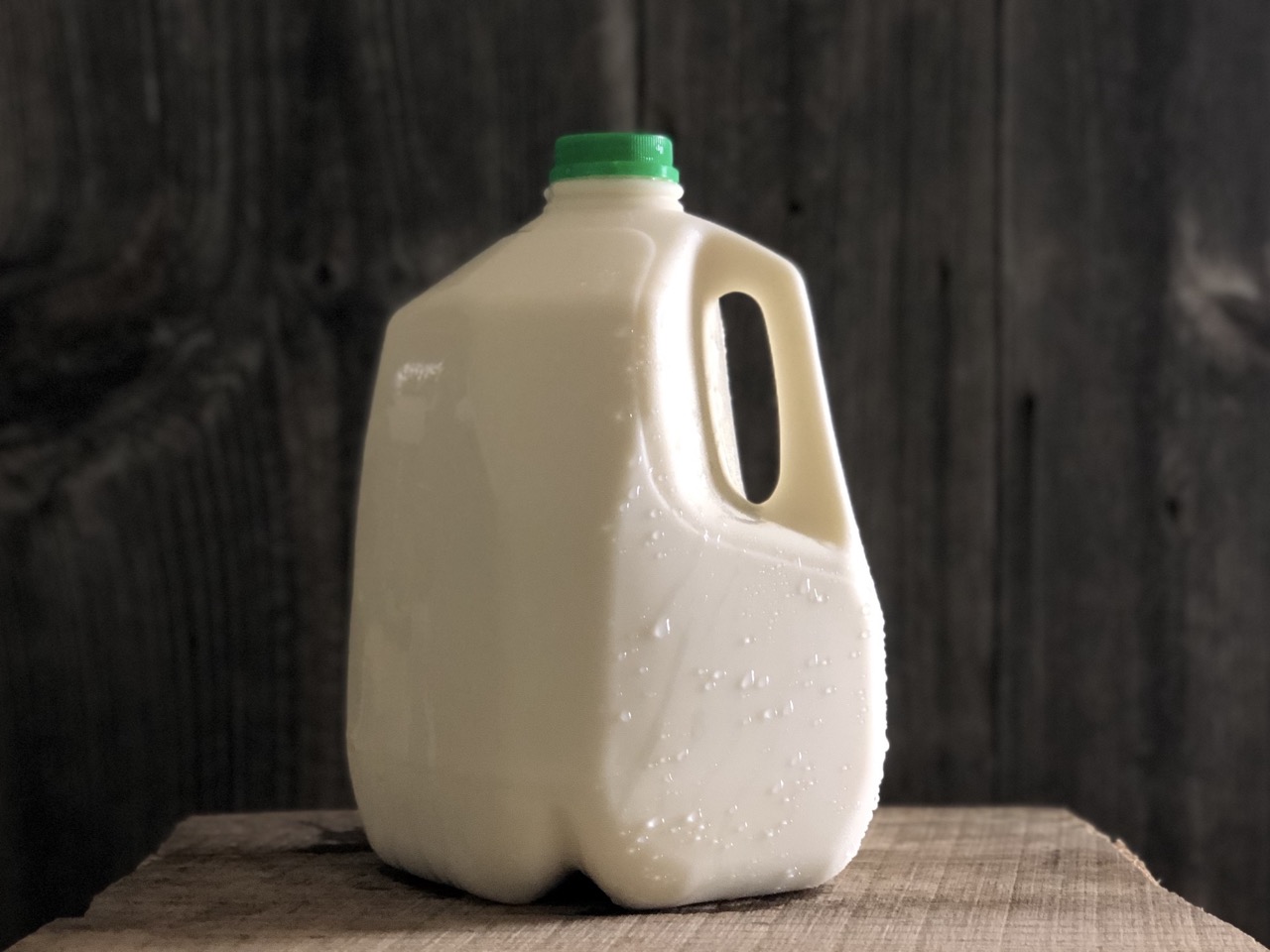

0 thoughts on “How To Store Evaporated Milk”